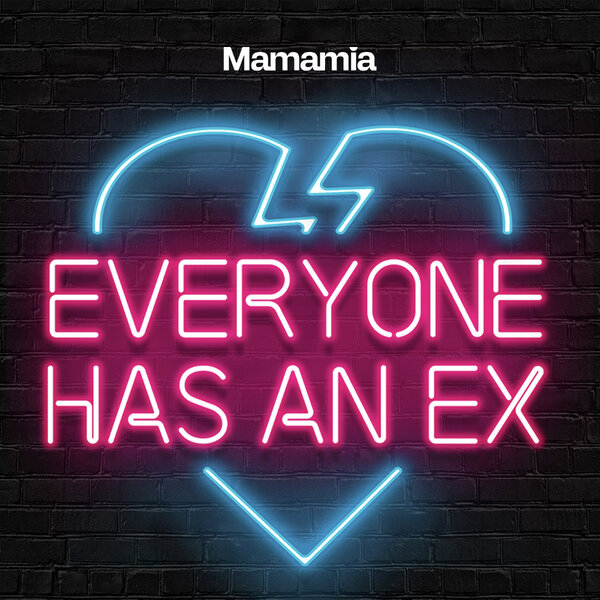
It was a seemingly innocuous video, posted by social media user Brooke. The 22-year-old just wanted to show off her pretty green dress.
Personally, when I saw the gown, I was simply reminded of ~that~ gorgeous shirt-dress from the 2006 rom-com Aquamarine.
I opened the comments, expecting to see similar compliments. I was sadly mistaken.
"They separated."
"Why is the space between so…"
"Why are they so far apart?"
It took me a minute to understand what people were actually on about, before a separate comment answered my question.
"People are way too comfortable commenting about a woman's body. It's really such a shame."
Oh. Of course. Because no woman can exist without the internet commenting on her breasts.
Then another user, named Emily, pointed out the common thread between those leaving the remarks.
"The amount of comments from teenage boys on Brooke's post of her in the green dress asking why they're so far apart is so disturbing," she said.
I checked and, sure enough, most of the accounts had male usernames. Presumably males who have never seen a woman's body before. At least, not in real life.
Emily continued: "Why do they think they naturally sit pushed together? The internet is so damaging."
I will tell you why. Pornography.
@notbrookemonk ♬ original sound - slxwedaudixz
According to a recent survey by Our Watch, boys are first watching porn as young as 13.2 years — often before they can properly understand what they're seeing.
And the effects of porn exposure on young people cannot go unnoticed.





























































































